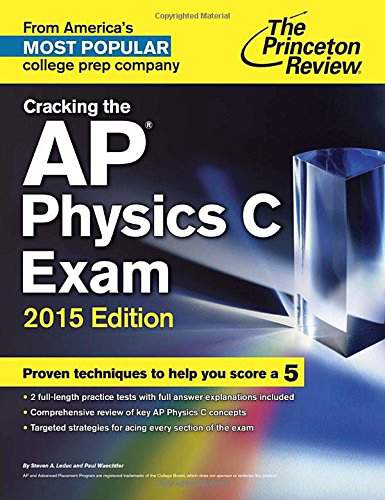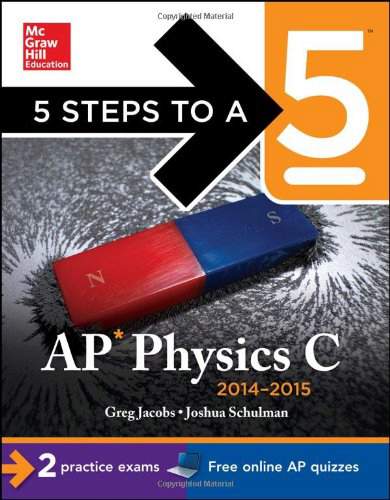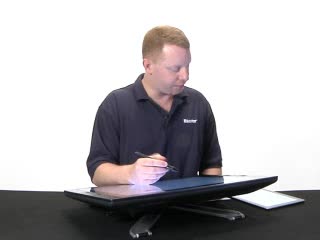Loading...

For more information, please see full course syllabus of AP Physics C: Electricity & Magnetism
AP Physics C: Electricity & Magnetism Current & Resistance
Two of the three major elements of a circuit, current and resistance, give us the rate of flow of electrons and how hard they have to work to get through the circuit, respectively. While electrons are always moving, the net flow is zero unless an electric field is present, in which case a drift velocity is present. It is from this drift velocity that we can calculate a current. Similarly, we can calculate the current from the current density. Taking this current and a resistance of the circuit, we can combine them with the total voltage to obtain Ohm’s Law. From Ohm’s Law, we can relate the electric field to the current density, and we can derive a few equations for calculating the power required to move the electrons through their circuit. With the basics under our belts, it’s time to look at circuits themselves.
Share this knowledge with your friends!
Copy & Paste this embed code into your website’s HTML
Please ensure that your website editor is in text mode when you paste the code.(In Wordpress, the mode button is on the top right corner.)
- - Allow users to view the embedded video in full-size.














































0 answers
Post by Parth Shorey on December 3, 2015
Thank you for getting back on Q&A and I appreciate the help that I am getting regardless of what date it is.
I still don't understand why "N" would be a volume density of charge carriers? And Why would you use Q=Ne?
3 answers
Tue Jun 9, 2015 6:38 AM
Post by Sagar Rathee on June 3, 2015
sir,
we calculated acceleration of electron in a conductor, but according to classical electrodynamics, any charged particle while accelerating looses energy through EM radiations, So does these electrons also emit radiation, if not then please tell me WHY?
1 answer
Tue Apr 7, 2015 2:07 PM
Post by Thadeus McNamara on April 7, 2015
and can you also explain why resistivity = molar mass / volume
1 answer
Tue Apr 7, 2015 2:07 PM
Post by Thadeus McNamara on April 7, 2015
at around 12:30, how did you get N = avogadros number/ V ?
i thought N was # of atoms / V ? So why must the # be exactly avogadros number? can't it be any number, depending on the material is?
1 answer
Mon Apr 6, 2015 12:25 PM
Post by Thadeus McNamara on April 6, 2015
why is there chemistry in these problems? do we need to know how to solve questions with moles and avagadros number on the ap